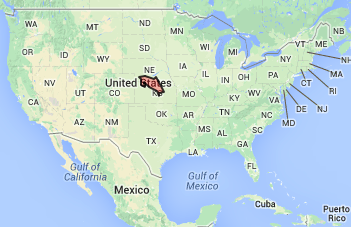Hello!
The argument you are looking for is great.circles = TRUE.
Existing example:
ggnetworkmap(usa, flights, size = 4, great.circles = TRUE,
node.group = mygroup, segment.color = "steelblue",
ring.group = degree, weight = degree)
Setting great.circles to FALSE
ggnetworkmap(usa, flights, size = 4, great.circles = FALSE,
node.group = mygroup, segment.color = "steelblue",
ring.group = degree, weight = degree)
Hope this helps!
- Barret





Hello. According to this tutorial
https://ggobi.github.io/ggally/ggnetworkmap.html
I see that the flights' example has curved edges.
What is the parameter in ggnetworkmap to achieved this? I have made several examples and I can't get the curved edges.
Best regards.